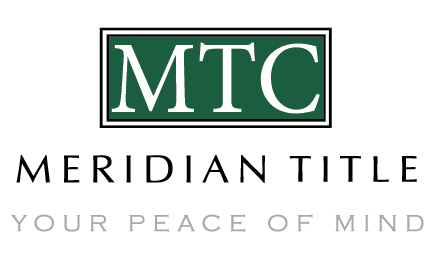1031 Exchange
1031 exchange is one of the most popular tax strategies available when selling and buying real estate “held for productive use in a trade or business or investment”. Taxpayers use 1031 exchanges to increase cash flow by deferring taxes on gains realized through the sale of real estate if they reinvest those gains in the replacement property.

Types of Exchanges
Forward or Deferred 1031 Exchange
In a forward 1031 exchange, the taxpayer, and the qualified intermediary (QI) set up an exchange agreement before any sales transaction. The taxpayer assigns their rights to sell the relinquished property to the QI. The QI will act as the seller of the property and hold the funds in an exchange account for benefit of the taxpayer. The taxpayer has the first 45 days of the exchange to identify potential replacement property. Once a replacement property is selected, the rights to acquire that property are assigned to the QI. The taxpayer must close no later than 180 days after the closing of the relinquished property. After negotiating the price and executing a purchase contract with the seller of the replacement property, the taxpayer will assign the rights to purchase the replacement property to the QI. The funds held in the exchange account are sent directly to the closing agent, the taxpayer will receive their tax-deferred property and finalize their exchange.

